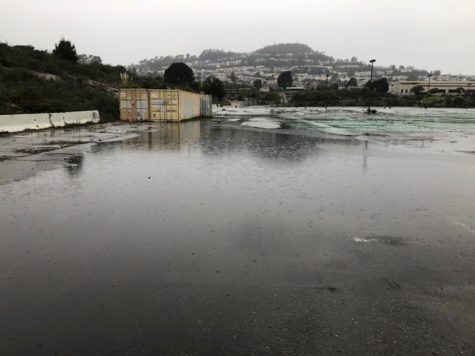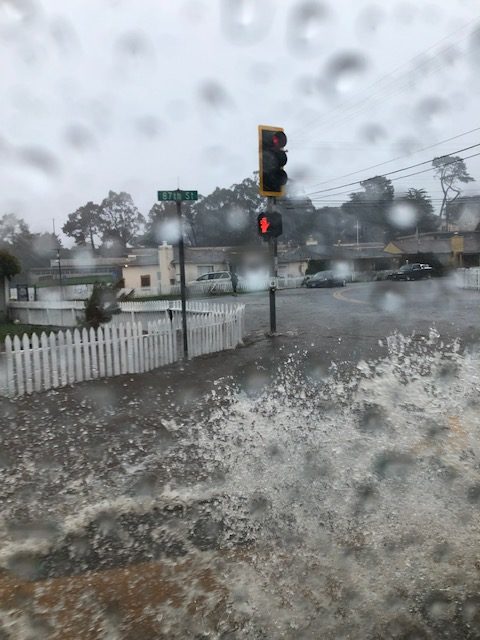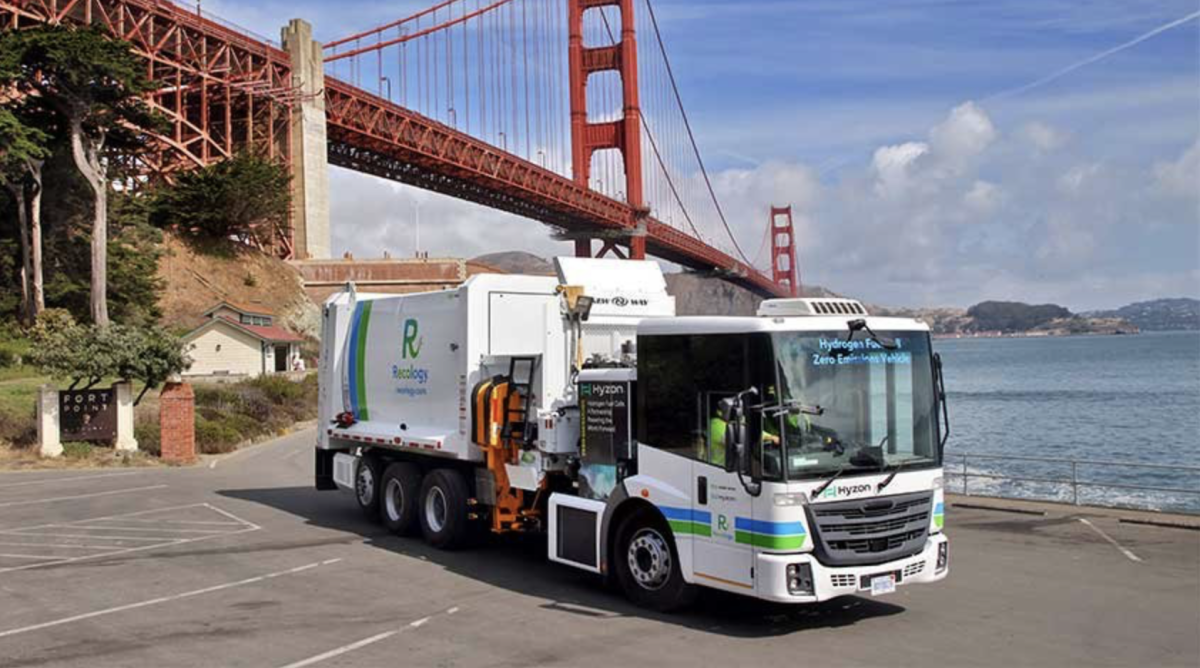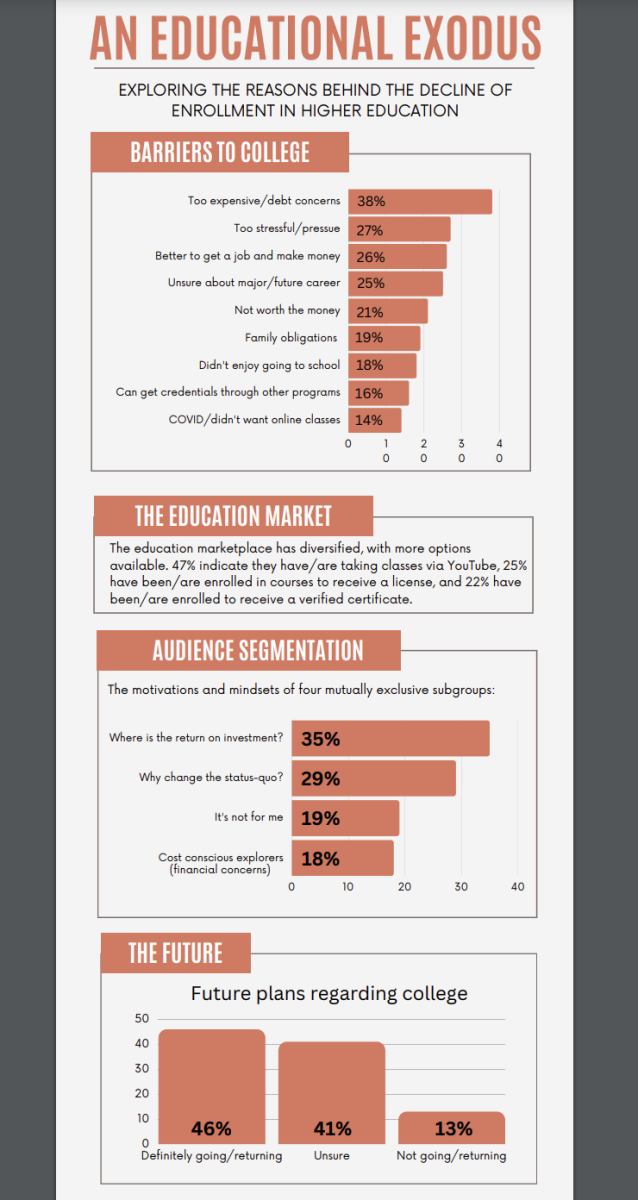Although California has a reputation for droughts, the state has an infrequent risk of, but is due for a mega flood, which will be more severe due to climate change, according to climatologists.
According to an article titled “Climate Change is Increasing the Risk of a California Megaflood,” published by Science magazine, a mega flood is the 2 to 4-foot runoff of a month-long mega storm, made up of a sequence of storms, that would submerge the entire Central Valley. This atmospheric river event would cost an estimated trillions of dollars, both directly and by losing potential sales.
The last mega flood was in 1862, causing widespread destruction in California, especially in metropolitan areas. Since Christmas in 2022 it appears that the state is headed toward another megaflood, but that is yet to be determined. This storm is in La Niña (cold) conditions though, when the article predicted it would be in El Niño (a warmer ENSO: El Niño-Southern Oscillation).
With mega floods occurring every 140 to 200 years, the next one is most likely to occur between now and 2065. With climate change, mega floods could occur every 30 years; in a worst case scenario, by 2060. Climate change will also make these storms stronger due to warmer oceans and atmospheres and decreased snow proportions.
When these storms hit, they will cut power and internet to homes and businesses, damage homes, overwhelm storm drains, destroy most crops and block transit corridors, resulting in an estimated trillion dollars in damage. While the storms may help replenish aquifers, it will also lead to soil depletion and ruin farmland for a while.

Anthony Chan ’24 said, “Since my house is the top location on a hill, the mega flood would merely waterlog the streets and over water the plants.”
AP Environmental Science teacher Michael O’Brien said, “The basement of my house would be pretty flooded. The damage would probably cost $10,000 to $100,000. I couldn’t live in the house if it was flooded, so I would have to go to some sort of shelter.”
O’Brien said, “I think that people in areas that are down lower are probably going to have a harder time and are not going to get to school. Probably, work would be shut down and we would go asynchronous. Even if the school were back in working order, my guess is that most of our students would not be able to make it. If the electricity and internet went down, then we wouldn’t have school and I wouldn’t be teaching.”
Director of Facilities Brandon Ramsey said, “I think we will be able to handle it. School would close if you see things get knocked down or drains get clogged. Power outages would shut down schools. Never in my life have I seen school shut down because people couldn’t get to school.”
A few years ago, after the boiler room flooded, “We came into a room with 15 feet of water,” Ramsey said. It was fixed with new parts and an alert system was added that prevents this from repeating.
The article in Science warned, “We emphasize that recognizing and mitigating the societal risks associated with this subtly but substantially escalating natural hazard is a critically important consideration from a climate adaptation perspective,” but Ramsey thinks Riordan will be able to handle it.














